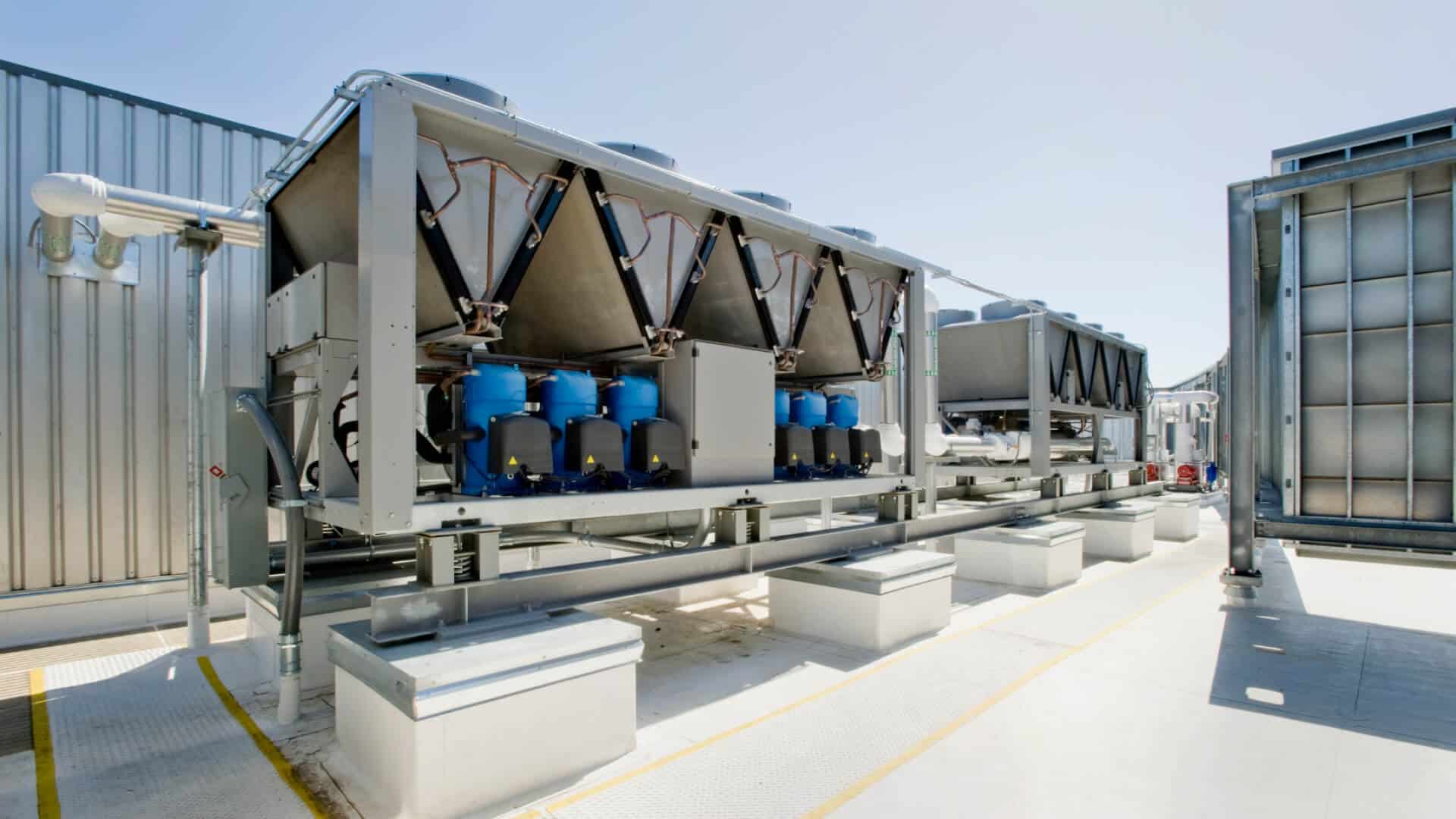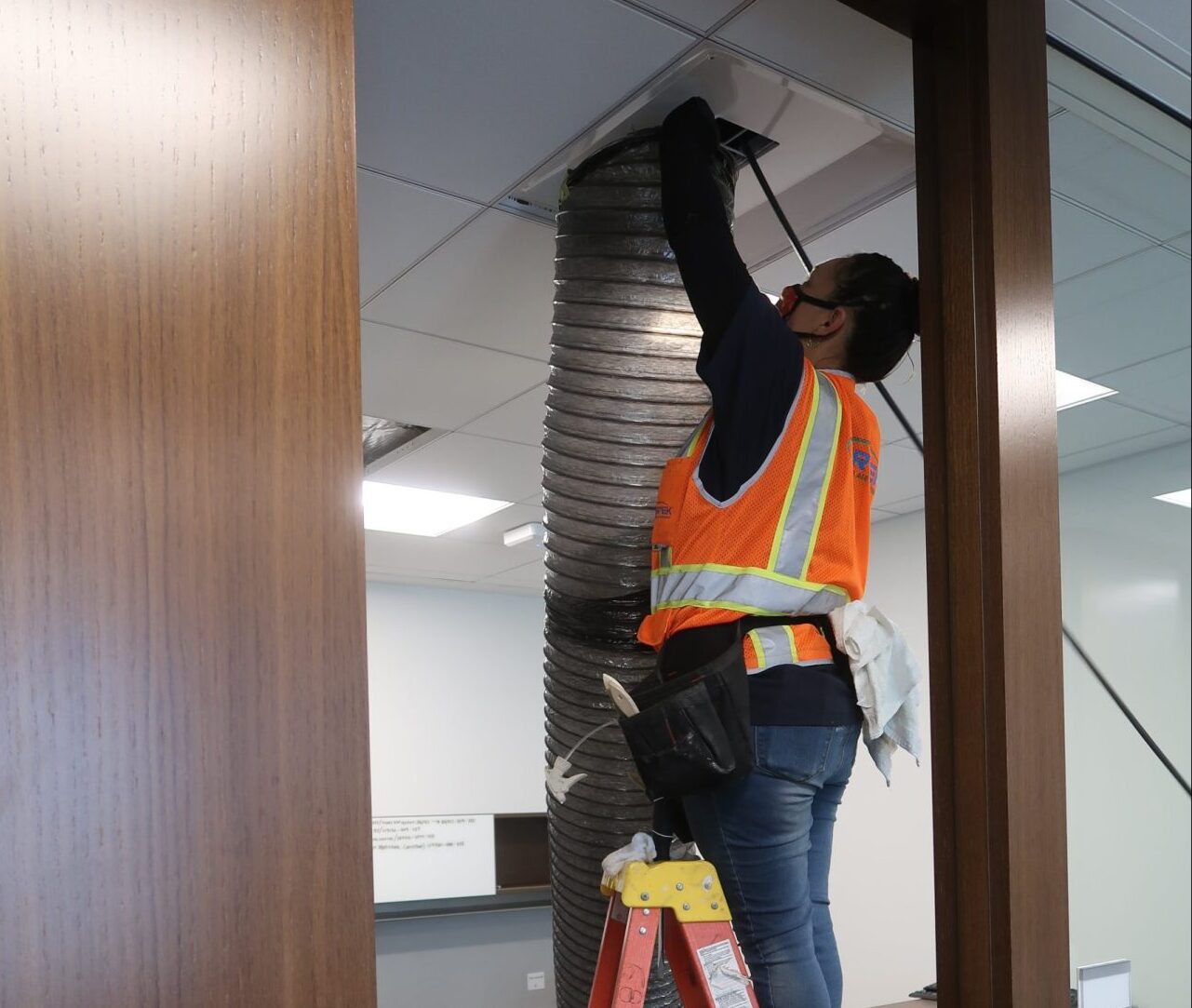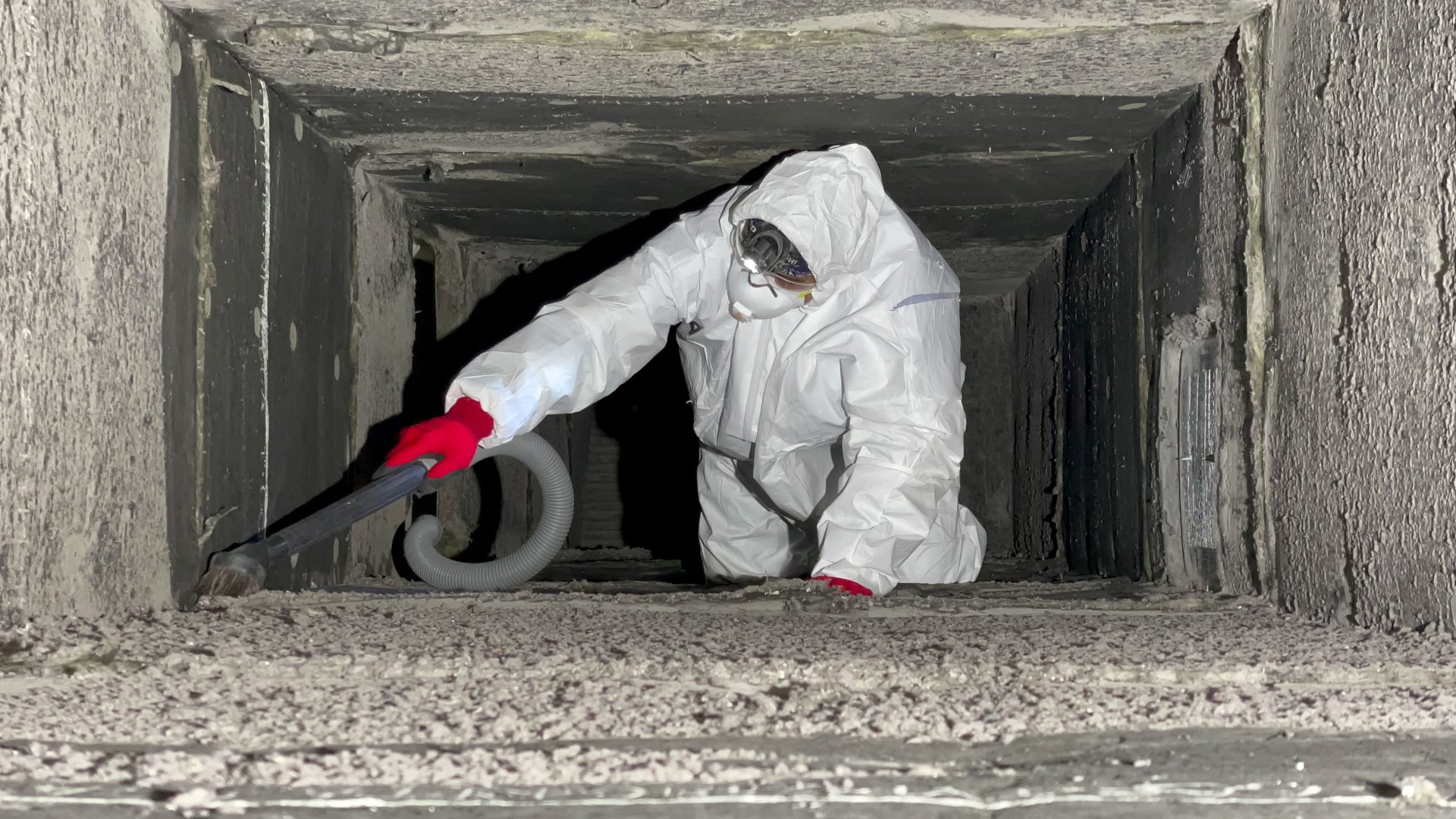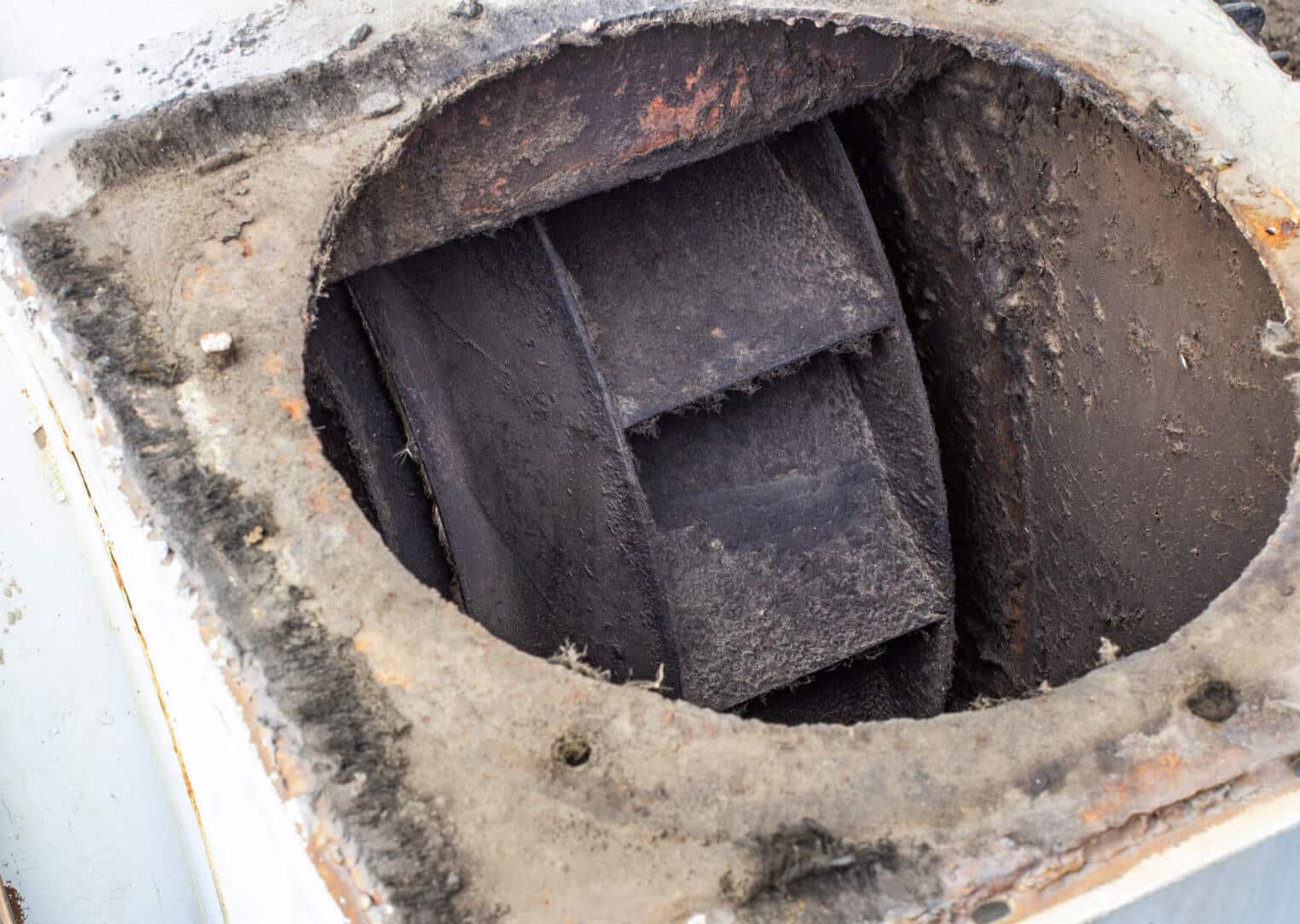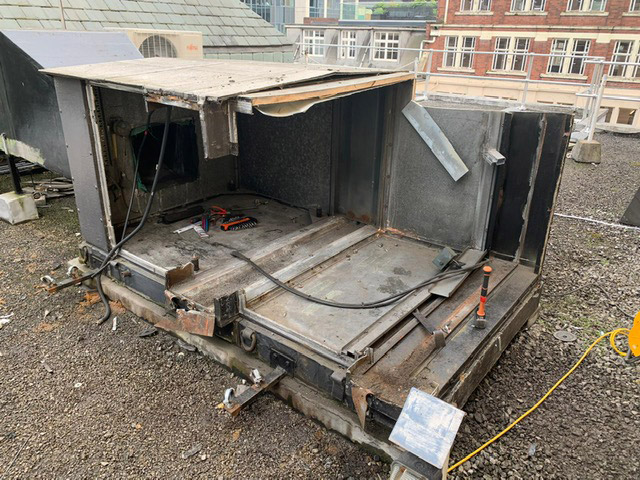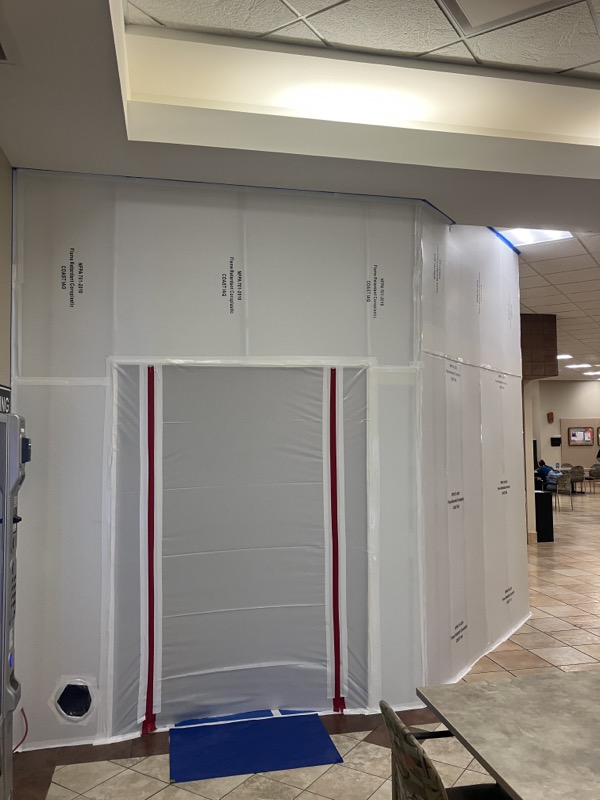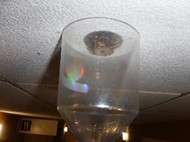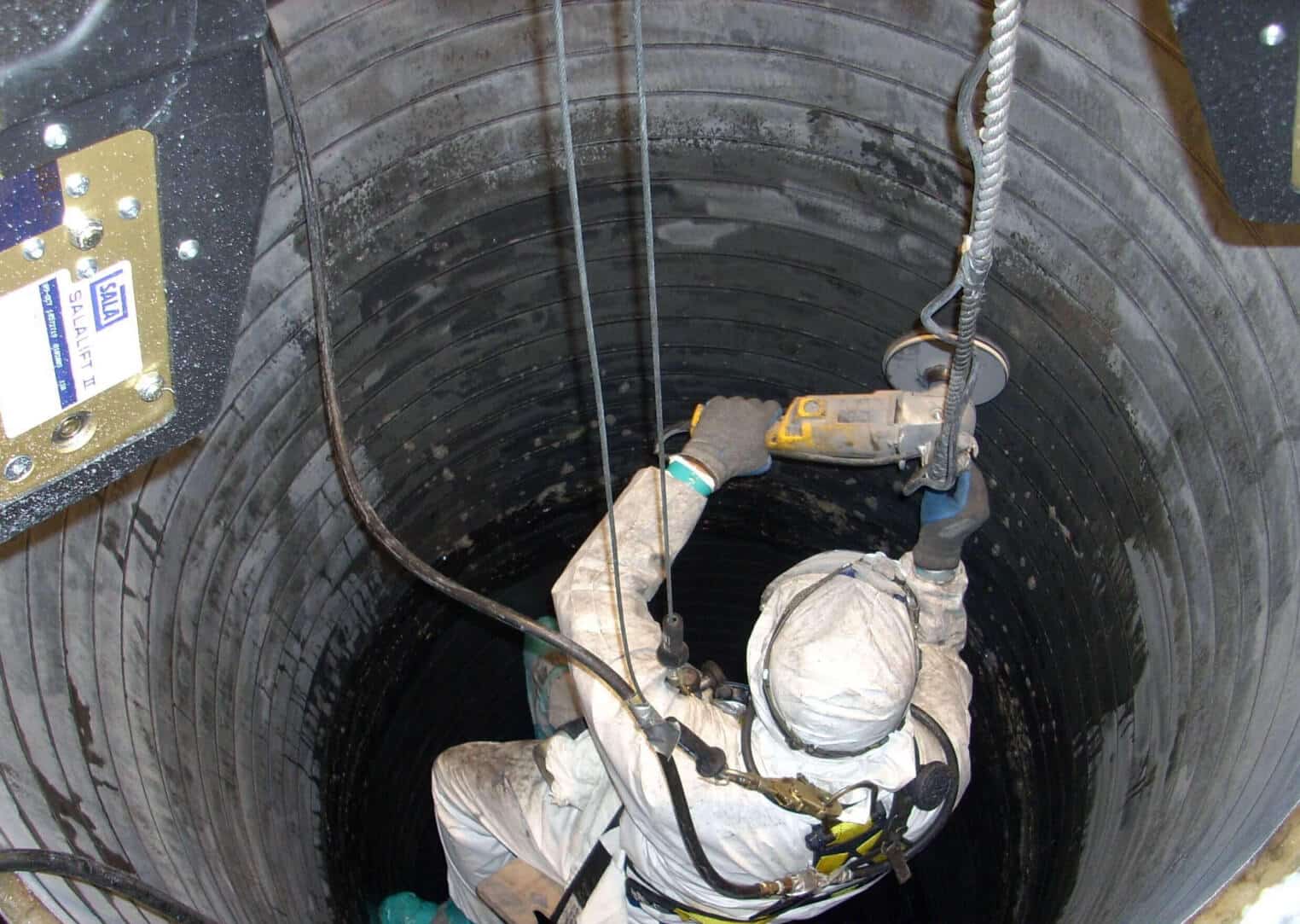What Is Indoor Air Quality?
Indoor air quality refers to the quality of air within and around buildings and structures as it relates to the health and comfort of the occupants. Understanding and controlling common pollutants can effectively reduce your business’s risk of health concerns. IAQ problems can arise due to factors such as inadequate ventilation, the presence of indoor pollutants, and poor maintenance of HVAC systems.
Why Is Indoor Air Quality Important?
Air quality inside insurance offices, hospitality, retail and other workplaces is essential for worker comfort and health. Poor IAQ can contribute to symptoms like headaches, difficulty concentrating and irritation of the eyes, lungs and throat.
Many factors can affect a space’s overall indoor air quality, like poor ventilation, temperature control issues or other activities outside or near a building that impact the amount of fresh air moving into a building. Proper ventilation and building care can correct many common air quality issues to help your employees and customers feel better.

